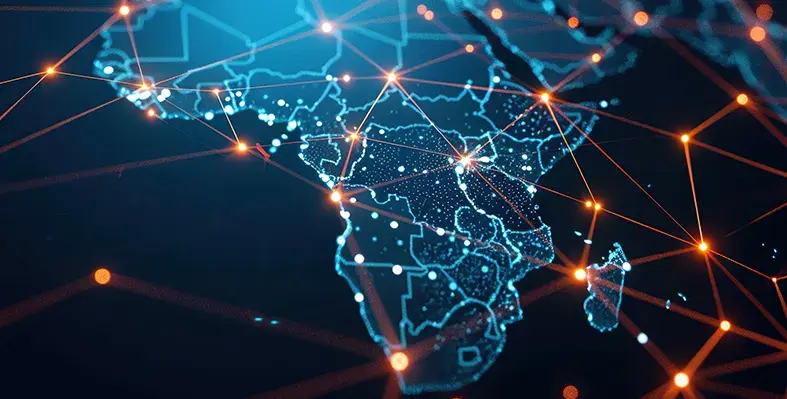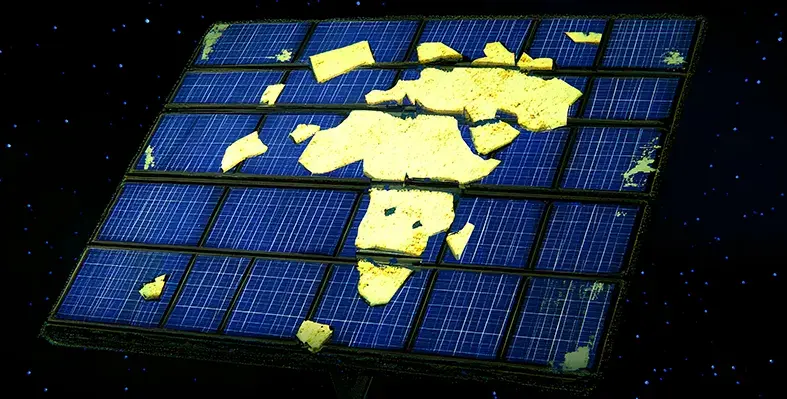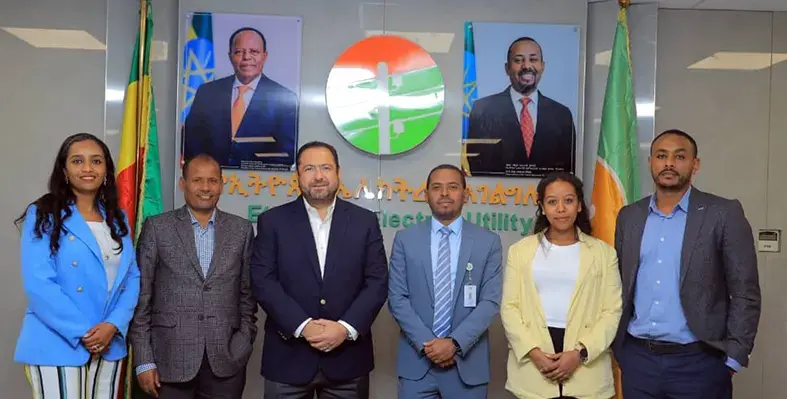Facebook has created a detailed population density maps for Africa using advanced computer vision and machine learning
Facebook started developing population density maps using its machine learning capabilities to provide better tools to support connectivity efforts around the world.
The Facebook team used AI to efficiently crunch data on a petabyte scale. For example, for Africa alone, the computer vision system examined 11.5bn individual images to determine whether they contained a building. In just a few days, the team found about 110mn buildings.
Laura McGorman, a public policy manager at Facebook, said, “Having started my career at USAID working on malaria control, I have witnessed first-hand the critical role that accurate data plays in the effectiveness of humanitarian efforts.”
“What’s exciting about projects like these that they provide an opportunity for our company to contribute to these efforts through our expertise in data and machine learning,” she added.
In Malawi, the missing maps project used these AI-powered maps to filter out 97 per cent of uninhabited terrain. This helped coordinate the efforts of 3,000 Red Cross volunteers in Malawi who visited about 100,000 homes in just three days to educate people about measles and rubella vaccines.
Tyler Radford, executive director of the Humanitarian OpenStreetMap Team, which is part of the missing maps project, noted, “The maps from Facebook ensure we focus our volunteers’ time and resources on the places they are most needed, improving the efficacy of our programmes.”
In addition to assisting the Red Cross and missing maps project in Malawi, the maps were used by aid groups such as the Bill and Melinda Gates Foundation, the World Bank, and Humanitarian OpenStreetMap. Facebook’s AI-powered maps in Tanzania helped kick-start efforts to bring renewable electrification to rural areas.
The Humanitarian OpenStreetMap Team worked with the Reiner Lemoine Institute and Integration Environment and Energy to combine Facebook’s population maps with detailed data on OpenStreetMap settlement locations and structures to understand which locations would most benefit from decentralised energy solutions.
Humanitarian OpenStreetMap team members then travelled to villages identified as high priority and conducted surveys to understand the electricity needs of the populations. The results of these surveys were provided to rural electrification agencies, helping mini-grid operators to select the most appropriate locations to start the work.






















